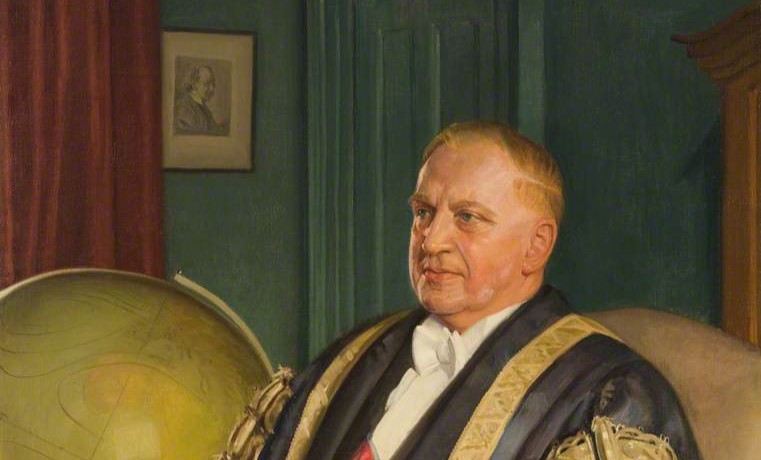Contributed to the development of radar: Who is Edward Victor Appleton?
Starting from the war years, he participated in the development of radar and the construction of the first atomic bomb in England. He received the title of "Sir" in 1941 and the Nobel Prize in Physics in 1947.

(1892-1965) British physicist. He detected the existence of a layer in the ionosphere that reflects radio waves. He was born on September 6, 1892, in the Yorkshire town of Bradford. Appleton, whose father was a mill worker, attended St John's College in Cambridge. In 1920, he began working as a research assistant under Rutherford at the Cavendish Laboratory in Cambridge. Four years later, he was appointed professor of experimental physics at King's College, London. After this post, which lasted until 1936, he was appointed Jacksonian Professor of Natural Philosophy at Cambridge University. In 1939, when World War II began, he was appointed permanent secretary of the Scientific and Industrial Research Department. Starting from the war years, he participated in the development of radar and the construction of the first atomic bomb in England. He received the title of "Sir" in 1941 and the Nobel Prize in Physics in 1947. After 1949, he served as dean and vice-chancellor at Edinburgh University for many years, and in 1953 he also served as president of the British Association. When he died in Edinburgh on 21 April 1965, he was an honorary member of sixteen scientific institutions and universities, including the Royal Society.
Sir Edward Victor Appleton (6 September 1892 – 21 April 1965) was an English physicist, Nobel Prize winner (1947) and pioneer in radiophysics. He studied, and was also employed as a lab technician, at Bradford College from 1909 to 1911.
Appleton's most important contribution to physics was his work on the nature and layers of the ionosphere. Research on this subject goes back to the beginning of the 19th century. In 1839, the German mathematician Gauss proposed that changes in the Earth's magnetic field were caused by an electrically conductive atmosphere layer. Studies in this field began to gain currency and practical importance with radio (radio) broadcasts at the beginning of the 20th century. Before 1901, it was thought that the use of radio broadcasts would be very limited. This was due to the view that his bow could only reach short distances in a straight line, like a beam of light. However, Marconi's transoceanic radio broadcasting in 1901 not only increased the interest in this invention but also accelerated the research on atmospheric phenomena that enable the broadcast to be transmitted over long distances. In this context, English Heaviside and Irish Kennely independently argued in 1902 that radio transmissions reached the earth's surface by being reflected from an electrically conductive layer of the upper atmosphere.
Appleton, who became interested in the physics of the upper atmosphere and especially with radio waves during World War I, when he was a captain at the Royal Engineers, determined the existence of such a reflective layer through experiments in 1924. Today, this layer is called the "Heaviside-Kennely layer" or the "E layer". Shortly after, Appleton found the existence of a second layer above the E layer. This region, known as the "Appleton layer" or "F layer", is the layer of the ionosphere with the highest and highest ion density. For this discovery, Appleton was awarded the 1947 Nobel Prize in Physics.
Appleton discovered both layers of the ionosphere by reflecting the very short waves it sent. Since other ionosphere layers reflect these waves at intervals varying according to temperature and time, the F layer is the layer that continuously reflects radio waves and provides communication. The average number of free ions per cubic centimeter is 106 in the F layer, which starts at a height of about 150 km from the earth's surface and reaches 300 km, and is located at the top of the ionosphere layers. The F layer is divided into two regions, Fi and F2. The F1 subregion, which is a separate layer only during the day, merges with F2 at night to form a single layer. Electromagnetic waves with a frequency of up to 30 MHz are generally reflected from these layers, so intercontinental radio and radio communication can be realized.
